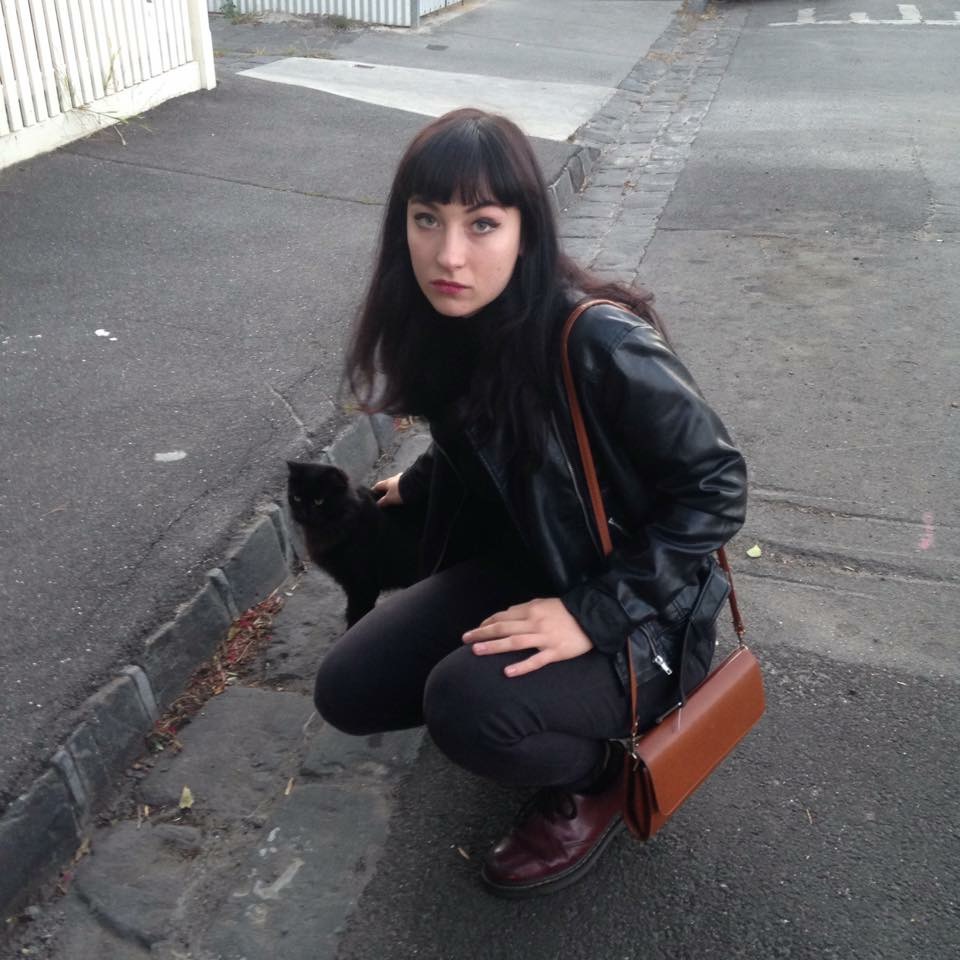STORYBOARDING
I’m begging mapping out how to visually represent how the television can be an obtrusive frame that shows violence, and how his has little visible impact on us anymore. I keep returning to the dinner situation, which is where I first observed what refers to as ” talk about it being an uninvited guest”. At first I was going to discuss violence towards women and how we allow graphic violence to seep into our homes via television, but again after watching TV, Married At First Sight particularly, I’d also like to discuss how free to air television is a heterosexual landscape and that is a reason why myself or my girlfriend don’t watch it. We do watch television but we tend to look online for content that we find represents us, and interests us. I’ve also begun to storyboard how I can represent this visually through video medium.

excuse the Deli paper I had to draw on at work
SOUND
Sound is going to be an integral part of this piece. There is an importance on creating an overwhelming presence of the TV set. This is going to be dominated by sound rather than the visual size of the screen, as the screen will be comparative to that of a dinner guest. I want there to be an emphasis on the sounds from the television, but I also want it to be matched by the conversation and happy chatter to create a juxtaposition of emotions.
This bring me to discussing my source material for what’s on tv. I would love to attempt to film and record the sound for a convincing crime drama, however, it might not be graphic enough to send a convincing message. I am hoping to download some clips from TV shows that feature violence and chop them up so they’re unrecognisable, not only for a jarring effect but also to be able to dodge online copywright. I am planning on adding the soundtrack over the video in post, then editing to sound as if it were distant and spoken through the tv’s speakers.
EDITING
I’m not sure if it’s a video art convention to keep your shot static and uninterrupted by edits. I suppose this would align a video as classical forms of art such as a painting or photograph which moves through the medium of video.If I were to film a static shot I think it would compliment my ideas about the television as a frame, and the ‘frame within a frame’ concept would come across more clearly. I think I will try to make two cuts within the whole piece, as it’s more of a filmed performance rather than relying on editing conventions to make a statement. I am goint o film for a while, as the more comfortable my friends and I are on camera the more realistic it will be and hopefully I will get a genuine performance rather than something that feels staged.
COMPOSITION
I want the camera to be unobtrusive, like a fly on the wall, andI’ll place it behind the couch with the couch in frame, blocking it to appear as an observer rather than a party guest, which the TV will be. In the second shot I’m considering, the camera will remain in the same place, maybe tilted to the side to get a better shot of my girlfriend and I who will be streaming off our laptop while aggressively heterosexual content plays on TV.
